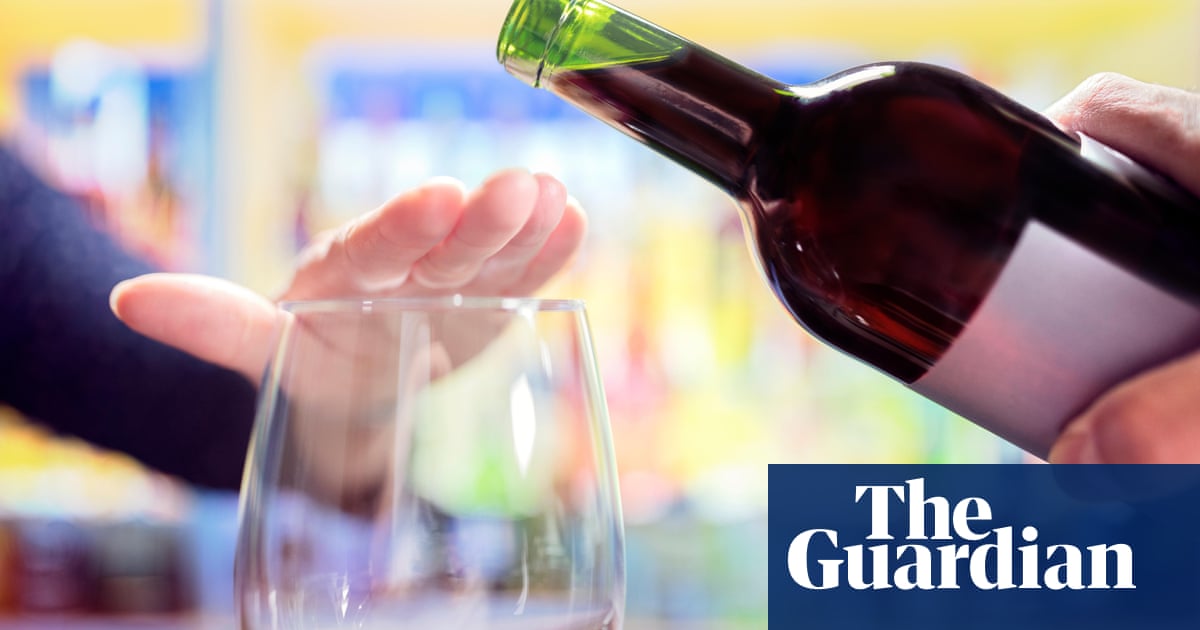Photo credit: www.theguardian.com
Global Wine Consumption Declines to Record Lows in 2024
In a significant shift for the global beverage market, wine consumption has plummeted to its lowest level in over six decades, according to the latest report from the International Organisation of Vine and Wine (OIV). This downturn, which reflects a broader trend of changing consumer preferences and economic challenges, has raised alarm regarding potential risks from US tariffs on wine imports.
The OIV announced on Tuesday that global wine sales decreased by 3.3% in 2024, totaling 214.2 million hectolitres. This marks the steepest drop since 1961, when sales figures reached just slightly higher at 213.6 million hectolitres.
In parallel with this decline in sales, wine production has also reached its lowest level in 60 years, falling 4.8% to 225.8 million hectolitres in 2024. OIV’s statistics chief, Giorgio Delgrosso, described the situation as a “perfect storm” affecting the wine industry, citing a mix of health concerns that are reducing consumption across various nations alongside underlying economic factors that exacerbate the situation.
The annual report from the OIV noted, “Beyond the short-term economic and geopolitical disruptions, it is important to consider the structural, long-term factors also contributing to the observed decline in wine consumption.” Current consumers are now facing prices approximately 30% higher for a bottle of wine compared to the 2019-2020 period, with overall consumption experiencing a 12% decrease since then.
In the United States, which remains the largest wine market globally, consumption fell by 5.8%, amounting to 33.3 million hectolitres. Delgrosso highlighted that tariffs instated by former President Donald Trump could pose further threats to the wine sector, potentially acting as “another bomb” for an already struggling industry.
Meanwhile, sales in China are still lagging behind pre-COVID levels, while Europe, which constitutes nearly half of the global wine sales, reported a 2.8% drop in consumption last year. Notably, in France—a key player in the global wine landscape—consumption declined by 3.6%. Conversely, Spain and Portugal are among the exceptions where wine consumption saw an uptick.
Environmental factors are also impacting wine production, with extreme weather conditions—ranging from excessive rainfall in some areas to severe droughts in others—affecting grape yields. Italy ranked as the world’s top wine producer with an output of 44 million hectolitres, whereas France witnessed a dramatic 23% drop in production to a mere 36.1 million hectolitres, its lowest since 1957.
Interestingly, Italy is also the largest wine exporter, benefiting from a surge in demand for sparkling wines like prosecco. Spain’s production measured at 31 million hectolitres, while the United States faced a 17.2% decline in output, down to 21.1 million hectolitres, primarily due to extreme heat impacting agricultural production.
The OIV has refrained from making predictions regarding a potential rebound in wine consumption. Industry experts, including representatives from the French wine retailer Nicolas, indicate a “generational” decline in wine drinking habits. They noted, “People do not drink in a festive way anymore, and young people consume less than their parents,” suggesting a cultural shift in drinking patterns.
Nevertheless, reported insights from Nicolas indicate that while overall consumption might be decreasing, consumers are inclined to spend more on quality products, expressing a trend of drinking “less, but better.” This evolution in preference could signal a change in the types of alcoholic beverages consumers choose, reflecting a possible future direction for the wine industry.
Source
www.theguardian.com

